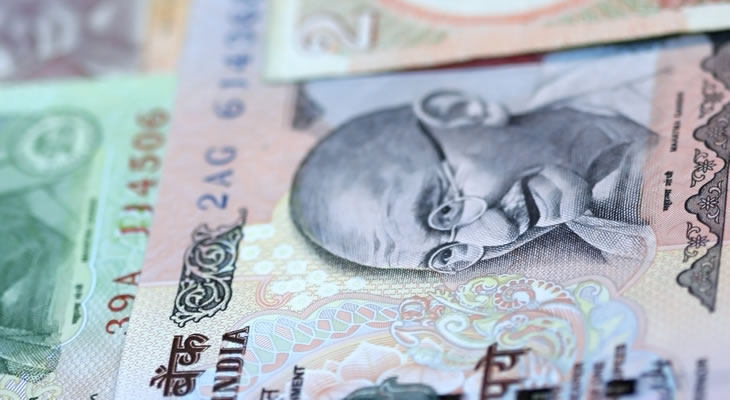Update; February’s Markit construction PMI has unexpectedly accelerated to 52.5 against predictions of a hold at 52.2. While not much of an improvement, it has at least relieved traders who were worried yesterday’s fall in the manufacturing index might have been the first of several poor PMI releases.
Original article continues below…
Uncertainty over the economic outlook for the UK has seen the GBP INR exchange rate slump, although the future seems cloudy for India’s economic data as well.
Today’s UK manufacturing PMI from Markit and the Chartered Institute of Procurement & Supply (CIPS) has weakened further-than-expected, slowing from 55.9 to 54.6 instead of just dropping to 55.6.
Despite the fall, this still showed the sector was in a strong position overall in February, with activity remaining near a two-and-a-half-year high.
‘Buoyant economic conditions gave the sector a spring in its step,’ explained Duncan Brock, CIPS Director of Customer Relationships. ‘Levels of new business and overall activity grew for the seventh consecutive month, underpinned mainly by a strong rise in new export orders.’
Investors aren’t sharing his positivity, however. The construction PMI, set for release on Thursday, will be the next measure of the economy and was the most severely hit by Brexit, falling into contraction territory even before the referendum was held. Like the other sectors of the economy, it made a surprisingly bold recovery in the second half of 2016.
Despite the strength seen over the last few months, markets are worried that the vital services and composite indices due for release later in the week will also see above-forecast levels of decline.
This would increase the odds that the 2017 slowdown envisioned by economists is indeed in progress and could therefore cripple GBP INR exchange rates in the long-term.
But the outlook for the Indian economy is also shrouded in uncertainty, which may help the Pound to stem some of its losses.
Recent data showed that the Indian economy grew 7% in the final three months of 2016. While this was a slowdown on the previous quarter’s 7.4% expansion, it was nowhere near as marked as economists had expected.
Demonetising the INR 1,000 and INR 500 banknotes at the beginning of November last year caused chaos in the country.
The move, intended to help avoid tax avoidance by forcing people holding larger notes to deposit them with their local banks, saw millions queueing at cashpoints and outside banks in an attempt to exchange their old notes and get hold of legal tender.
Demonetisation also hit consumption and investment, which lead many economists to forecast growth would have slowed to somewhere between 6%-6.4% in the final quarter.
Many market observers have therefore reacted with scepticism to the latest figures, with the potential for the data to be revised lower in the future likely to weigh on the Indian Rupee.
‘The GDP numbers do not adequately capture the output of the informal sector,’ Group Chief Economist of L&T Finance Holdings Rupa Rege Nitsure explains. ‘So it (Q4 GDP) appears to be on the higher side. There is a strong likelihood that the numbers may be revised down later.’
At the time of writing the GBP INR exchange rate was trading around 82.32.


Comments are closed.